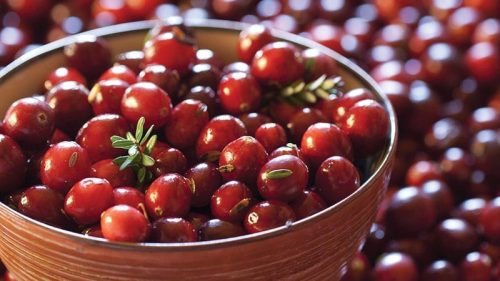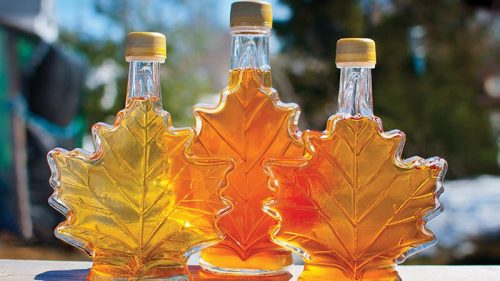The US Food and Drug Administration (FDA) has issued a draft guidance for FDA staff and other stakeholders titled Evaluating the Public Health Importance of Food Allergens Other Than the Major Food Allergens Listed in the Federal Food, Drug, and Cosmetic Act. The draft guidance, when finalized, will outline the FDA’s current thinking on the approach they generally intend to take when they evaluate the public health importance of food allergens that are not one of the major food allergens identified by law in the US. The major food allergens are milk, eggs, fish, crustacean shellfish, tree nuts, peanuts, wheat, and soybeans. Sesame becomes the ninth major food allergen effective January 1, 2023. For the purposes of this draft guidance, they refer to food allergens that are not major food allergens as non-listed food allergens.
Food allergies and other types of food hypersensitivities affect millions of people living in the US and there are more than 160 known food allergens. To protect those with food allergies and other food hypersensitivities, the FDA requires companies to list major food allergens or ingredients that are made from major food allergens in specific ways on the label of packaged foods. The FDA also enforces regulations that require food manufacturers to prevent allergen cross-contact (or, the unintentional incorporation of a major food allergen into a food).
This draft guidance is part of FDA’s efforts to evaluate emerging evidence about non-listed food allergens in a consistent and transparent manner to inform potential future actions. The FDA’s approach to non-listed food allergens focuses on immunoglobulin E antibody (IgE)-mediated food allergies, which are considered the most severe and immediately life-threatening food allergies. The draft guidance discusses the scientific evidence that establishes a food as a cause of IgE-mediated food allergy and the scientific factors, such as prevalence, severity, and allergenic potency, that the FDA intends to consider in its evaluations. The draft guidance also provides the FDA’s recommendations for identifying and evaluating the relevant body of evidence to determine the public health importance of a non-listed food allergen.
The draft guidance also includes information on how stakeholders may submit requests to the FDA to evaluate the public health importance of a non-listed food allergen. They propose stakeholders submit data demonstrating that the food causes IgE-mediated allergy, together with data on prevalence of the food allergy, severity of the allergic reactions, and allergenic potency of the food allergen for the agency to consider in its review. They also propose that stakeholders provide other information, such as the information about the labeling and production of food containing the non-listed food allergen.
To Submit Comments:
To ensure comments about this draft guidance are considered before the FDA begins work on the final guidance, please submit written or electronic comments within 120 days of publication in the Federal Register of the notice announcing the availability of the draft guidance. Submit electronic comments at Regulations.gov, using Docket ID: FDA-2021-N-0553.
If you are unable to submit comments online, please mail written comments to:
Dockets Management Staff
Food and Drug Administration
5630 Fishers Lane, Rm 1061
Rockville, MD 20852
All written comments should be identified with this document’s Docket ID: FDA-2021-N-0553.
For Additional Information:
Federal Register Notice of Availability
Food Allergens/Gluten-Free Guidance Documents & Regulatory Information





